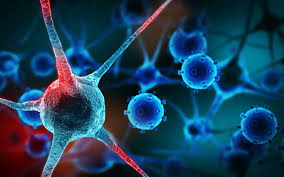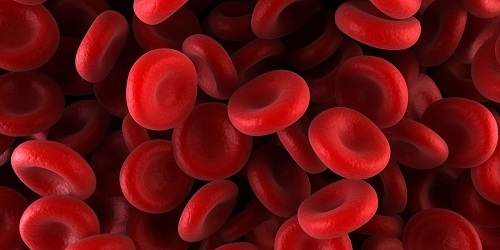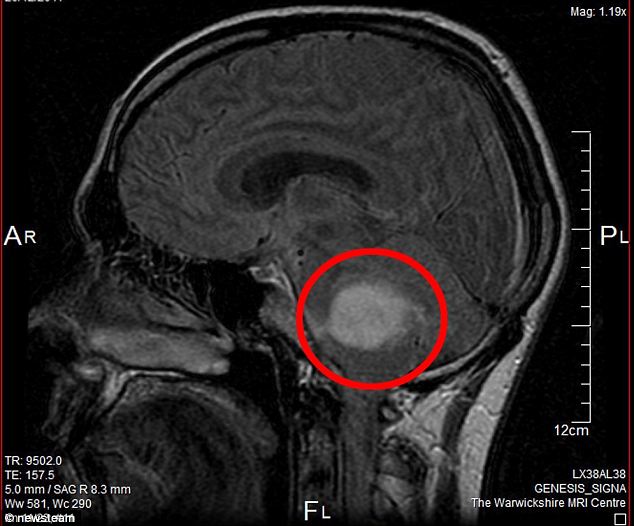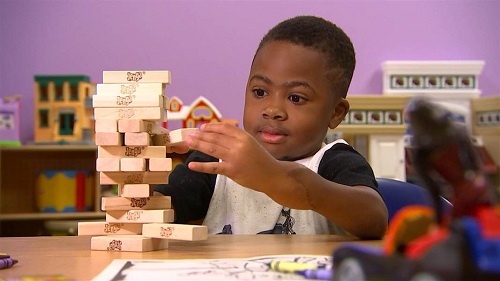

Dr. Ramakanteswararao Beesetty, Architect, Robert Bosch Business and Engineering Solutions(RBEI)
Eye care practice is the most device intensive practice with intimidating technologies filling practice rooms. Prevention and cure are the key targets in the health domain including eye specialty. For screening and diagnosing most of the morbid and chronic diseases of the eye are dependent on technology intensive devices which two-third of the world has no proper access to. Some of the technology intensive devices in ophthalmology are Fundus imaging and scanning devices, OCTs, Pachymetry, Keratometers, refractometer, Perimetric devices tomographers etc. These devices are diagnostic devices; a lot more technology goes into surgical ophthalmology devices such as operating microscope, operating laser probes, LASIK machines, phaco machines etc. We need alternative technologies and concepts which are cheap, accessible, affordable and accurate. With advances in semiconductor devices and micro fabrication devices such as imaging devices, illumination devices and opto-electronics become cheaper. Using these ubiquitous technologies for making affordable and alternative diagnostic devices is the future of innovation in eye care.
According to global health statistics, nearly one of every three visually impaired people in the world is an Indian. According to eye-care experts, 80 percent of cases of vision loss in India are preventable. advancements in following fields might change the way we are seeing technologies in medical fields particularly in eye are. The key fields which

1. Computational Imaging and photography
2. Material science
3. MEMS (Micro Electro Mechanical Sensors)and micro fabrication

4. Nanotechnology
5. Tissue engineering and these clubbed with Design i.e. product and industrial will not only revolutionize eye care practice and delivery but also help miniaturize the devices.
[Imaging advances which can help in diagnostics like fundus imaging, tomographic imaging]Advances in computational imaging and imaging techniques like billion-frames-per-second camera and looking-around-the-corner camera might allow us to see the retina through a cataract,even reaching the periphery of the retina in a non-mydriatic (un-dilated) eye. Smaller and better non-mydriatic cameras are going to occupy practice. The challenges in non-mydriatic imaging like artifacts, limited field of view, and quality can be addressed by next generation technologies aided by semiconductor advances, advances in optics and imaging. OCT (Optical Coherence Tomography) is still an expensive affair and in the coming years a hand held OCT which could be MEMS based and much cheaper and affordable can be expected. Functional imaging like FFA (Fundus Florescent Angiography) which is invasive will be replaced by spectral imaging or hyperspectral imaging.
[Eye as a window to see vascular system and nervous system]The eye is the only part where we can directly see the vessels and this can be exploited to diagnose systemic diseases like CVA (Cerebro Vacular Accidents) and CAD (Coronary Artery Disease). Noninvasive diagnostics through the eye is the next big thing for the research community particularly for vascular conditions, blood anomalies, blood pathologies like malaria and maybe cerebral/CNS (Central Nervous System) conditions.
[Imaging, AR, and Computer Vision for surgeries for eye]Eye care is more of a surgical specialty than medical. Eye surgeries are mostly microsurgeries aided by lasers, ultrasound machines and microsurgery tools. Stereo bio-microscopes are bulky and need some learning to operate; this can be reduced by more interactive robotics. Wearable technologies can not only give stereo imaging but can also help navigate during surgery. Augmented reality with wearables in minimally invasive surgery is another rapidly evolving branch in all surgical domains including that of the eye. Augmenting surgical area with preoperative imaging while doing micro surgical procedures not only will reduce perioperative complication but also will reduce post-operative stay.
[MEMS and Material Science advances for treatment and cure]The semiconductor and MEMS revolution is a great advantage and in the near future we might get almost near-natural-vision giving retinal prosthetics for blind people. Material science with MEMS can help develop, and be the future of IOL lenses which are more like natural lenses with accommodation and variable focal lens.
[Tissue engineering in treatment and cure]Tissue engineered implants for the eye are already in clinical trails and future practice is full of engineered tissue to heal retinal scars, lesions, cataract treatment, glaucoma treatment, corneal implants etc.
[Nanomaterials and drug delivery]Implantable drug delivery systems for diseases like proliferative DR, Glaucoma and other chronic diseases not only increase the compliance but also reduce complications and prevent blindness. Nanotechnology will enable this implantable drug delivery. Another advantage is of local delivery rather than systemic delivery of drugs hence drastically reducing systemic complication of drugs.
[Mobile technology]Last but not the least is the impact of revolution in telecommunications clubbed with mobile technologies that will change the way eye care is delivered. Apps for diagnosing vision defects, stereo defects etc are already in the market but mobile based technologies like eye netra for refraction, self-assessment app for eye carecoupled with advances made in communication is going to revolutionize tele-ophthalmology both for access to care and delivery of care.
Challenges in India:
1. The available technologies both in diagnostic and surgical/treatment domain very expensive hence they are not available for all section.
2. Industry presence in MEMS, Martialscience and tissue engineering in India is very less.
3. Academic research is more focused on basic research on material, biotech and tissue engineering but no push towards device innovation and development.
As a whole these key components are adding inertia for gross root penetration of technologies.
India as emerging market:
1. Good number of Eye hospitals with ultra-modernfacilities like LVPEI, Arvind, Sankara, Narayana etc.And these are penetration into rural pockets for in house care delivery.
2. Large companies are pushing towards low cost, efficient technologies in eye care.
3. Startups like Forus and Remedio are already in business.
Adopting Innovations eye care:
1. Some of these hospitals are adopting, developing and testing technologies worlds renowned universities.
2. The best example about Indias innovation in eye care is IOL lenses and care delivery models.
3. Companies like are adopting new technologies form different domains for eye care like new imaging techniques which are low cost but also first of its kind functional imaging for eye.
Indias telecom and mobile revolution is going to change the health care delivery in terms of technologies which depend on ubiquitous presence of cell phones, care delivery, patient compliance, epidemiological accuracy for incidences and prences etc.
Be a part of Elets Collaborative Initiatives. Join Us for Upcoming Events and explore business opportunities. Like us on Facebook , connect with us on LinkedIn and follow us on Twitter , Instagram.












